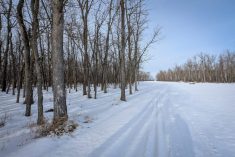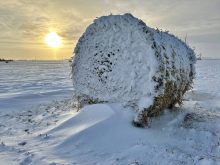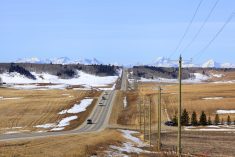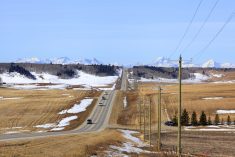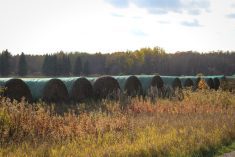Crown-held native prairie and other grasslands held for wildlife conservation in Saskatchewan will be opened up to ranchers needing grazing land for cattle in dry areas.
Environment Minister Herb Cox announced Tuesday the province will make about 90,000 acres of Fish and Wildlife Development Fund (FWDF) land available to cattle producers.
The same grazing lease fees that apply on agricultural Crown land will apply to the available FWDF land, the province said, and the land will be made available on a “first come, first served” basis.
Read Also
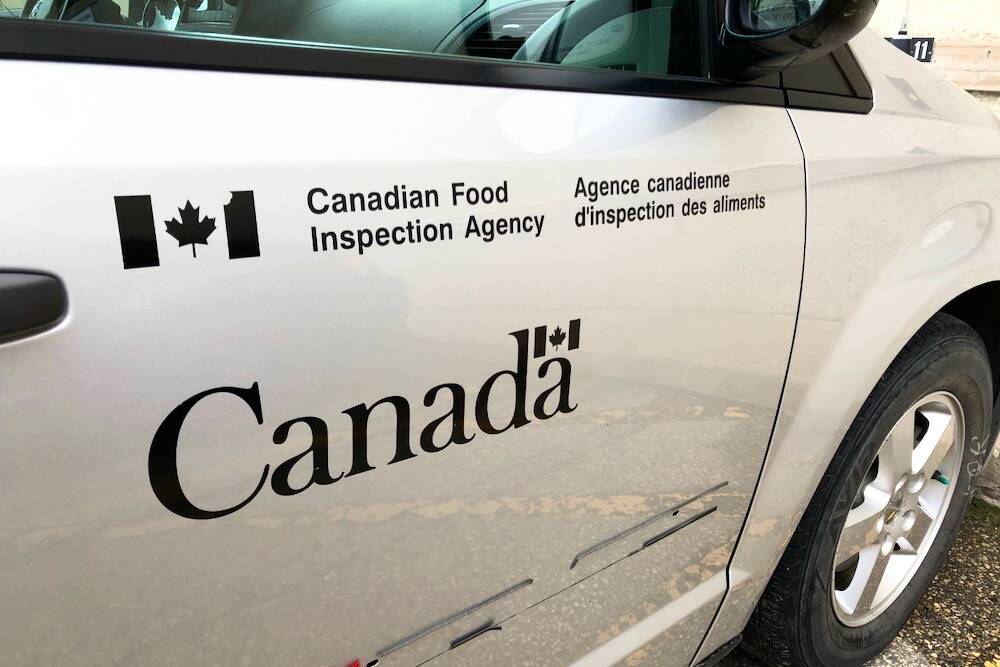
CFIA adds controls for imports of Spanish feed ingredients after African swine fever outbreak
The Canadian Food Inspection Agency (CFIA) has added Spain to a list of countries subject to feed import controls due to an outbreak of African swine fever in that country.
Some of the available FWDF land has water sources and is fenced, the province said, but much of it will require temporary fencing or water.
Producers who are awarded access to FWDF lands are responsible for the cost and construction of any necessary improvements, the province added.
A list of available lands by rural municipality is expected to be made available soon on the environment ministry’s website and at its local offices.
“The extremely dry conditions of this spring and summer have left many cattle producers searching for additional pasture,” Agriculture Minister Lyle Stewart said in a release. “This grassland will help producers who are facing a shortage of feed for their cattle.”
Opening up the FWDF land, Cox added, “will offer significant acres for cattle producers, and revenue generated as a result of this initiative will help fund future conservation initiatives.”
The land, bought through the provincial Fish and Wildlife Development Fund for conservation and wildlife habitat protection, was previously made available to drought-stressed cattle producers in 2009.
The land to be made available amounts to just over 40 per cent of the province’s FWDF holdings, which total over 219,000 acres.
Of the fund’s total acreage, most is in the province’s aspen parkland region, a strip running from around North Battleford in the northwest to Yorkton and Melville in the southeast.
The province said earlier this month it will now also allow sub-leasing of Crown lease land. Crown land lessees with “excess grazing or hay resources” can contact their regional ag ministry office to seek permission to sublet.
Producers, if need be, may also want to check in with the province’s feed grain and forage listing service, the government said. — AGCanada.com Network



